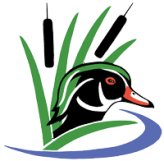Volunteers are once again offering guided tours, upon request, to welcome and educate visitors. Walk leaders are knowledgeable about the geology and history of the Refuge, well as the plants, animals and ecology of the Swamp and can customize a tour to accommodate a range of interests and age groups. In addition to school and civic groups, walks can be arranged for senior citizens, home-schooled students, wedding guests, class-reunions and other groups.
There is no charge for tours, although donations are graciously accepted by Friends of Great Swamp NWR, the 501(c)3 that supports the Refuge and recruits and trains the volunteers.
Spring is a great time to see migrating song birds, emerging wildflowers, snakes, frogs and turtles. Fall brings good weather, great autumn colors, butterflies, and migrating waterfowl. But a walk in the Refuge at any time of the year reveals the unexpected. The walks are approximately 1.5 hours long and are either at the Wildlife Observation Center or the Visitor Center. For more details and to schedule a walk, please contact Jared Green Jared_Green@fws.gov.
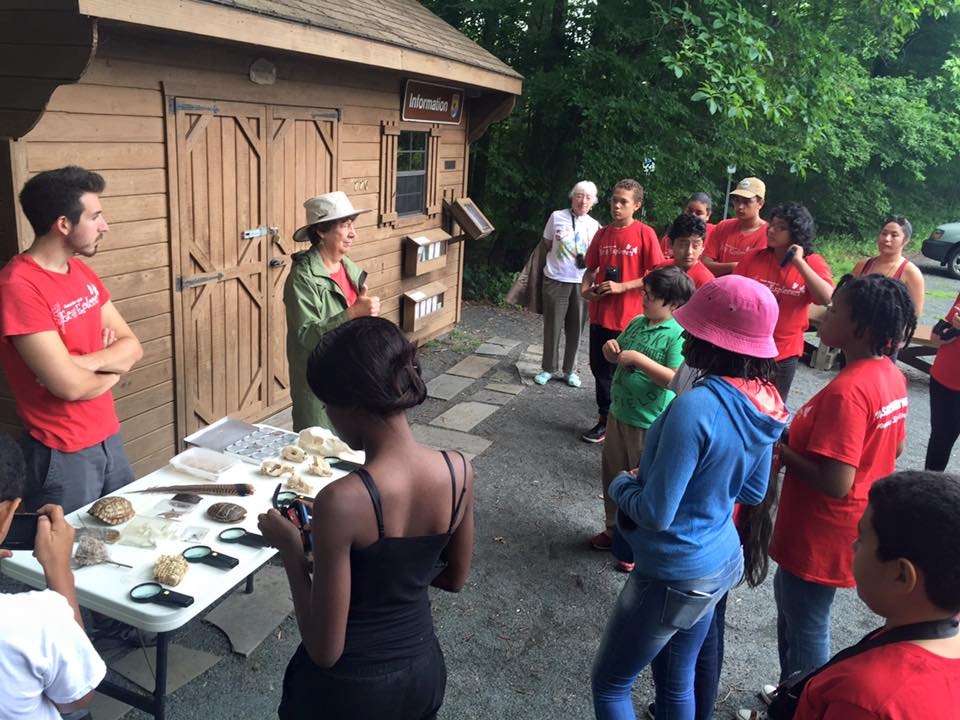
Sponsored by Friends of Great Swamp National Wildlife Refuge
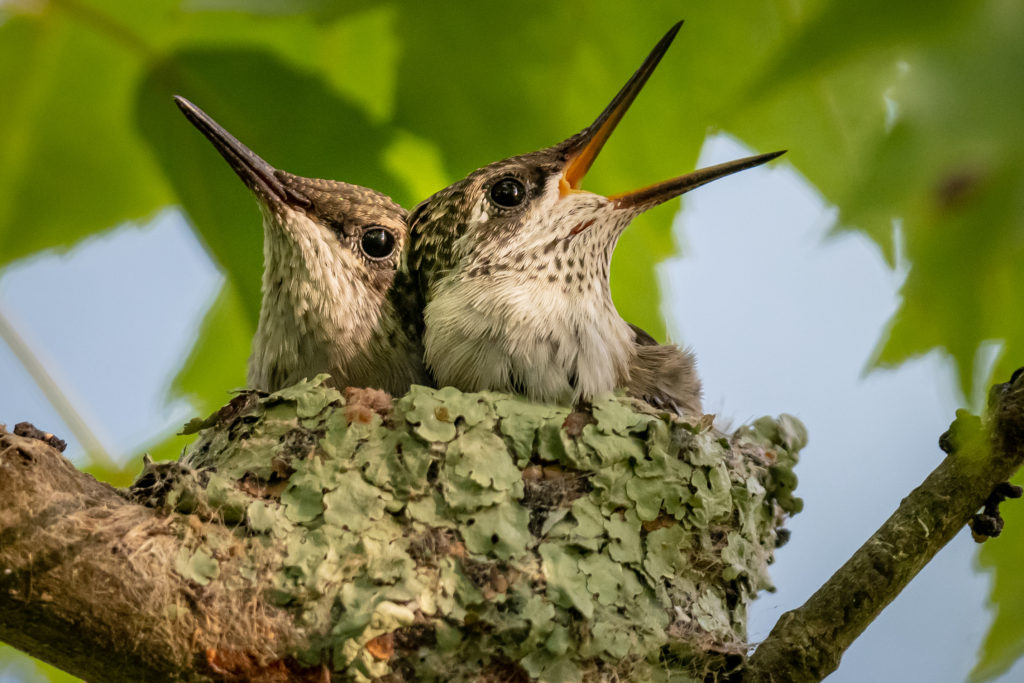
Photo by Spencer Duncan 2020
Enter the 2022 Refuge Photo Contest and share your special moments captured at the Great Swamp National Wildlife Refuge!
All amateur photographers are invited to submit up to a total of five digital photos spanning the categories below. All photos must be taken within the Great Swamp National Wildlife Refuge boundaries.
Categories include:
-
-
- Raptors
- Birds Other than Raptors
- Pollinators, Other Insects and Spiders
- Any Other Wildlife
- Scenics & Natural Design
- Plants & Fungi
- Youth – any subject, age 16 or younger
-
Putting the well-being of wildlife first must be every photographer’s aim. The Friends strongly support the North American Nature Photography Association (NANPA) Principles of Ethical Field Practice. This means always putting the welfare of the subject before yourself or the photograph.
Deadline for submissions is July 4, 2022. Please read all contest rules carefully on the submission form available under the photo contest menu on the Friends website.
Winning entries will be announced at a special presentation event to be held in the fall of 2022.
Start Snapping!
 A Zoom Second Sunday with Friends of Great Swamp National Wildlife Refuge
A Zoom Second Sunday with Friends of Great Swamp National Wildlife Refuge
Sunday, March 13, 1:30-3:00 pm
Even if you’ve never seen a coyote – chances are, they have seen you!
• Coyotes are found in every county in New Jersey and nearly every corner of North America. And not just in rural areas—they are found in suburbs and thrive in cities!
• They are nocturnal predators and are not picky! They will eat just about anything.
• Coyotes can run fast and are very vocal using yips, barks and howls to communicate.
Join Somerset County Parks Naturalist Vanessa Darras to learn more about this intelligent and adaptable animal. She’ll help us sort the myths from the facts.
REGISTRATION IS REQUIRED
Sign up at ttsu.me/coyote or from the Events page on the Friends website. The Zoom logon will be sent to all registrants at Noon on Sunday, March 13.
Sponsored by Friends of Great Swamp NWR with generous support from the Marta Heflin Foundation
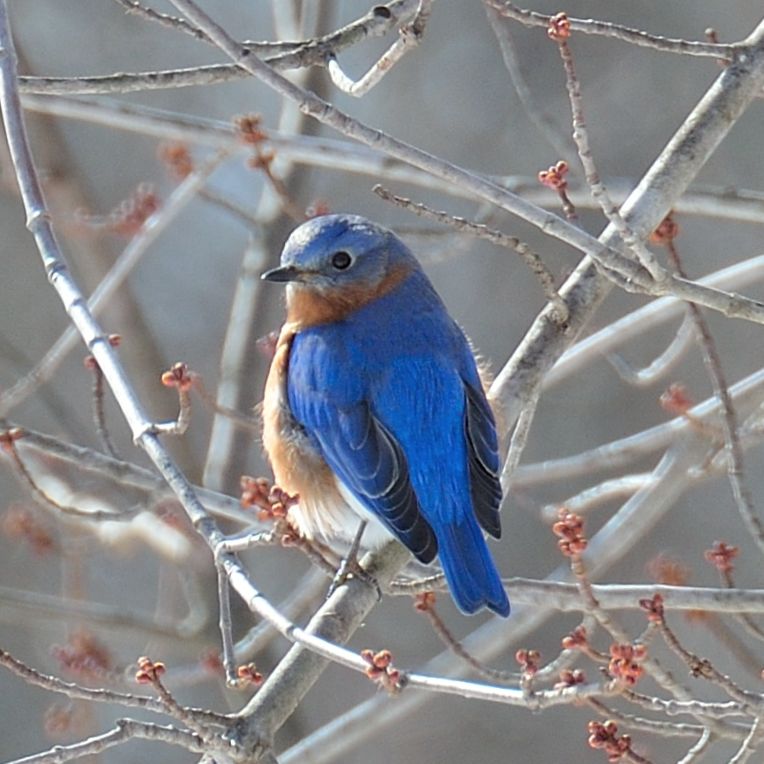
Join us for three days of birding fun
February 18 – 20, 2022
The Great Backyard Bird Count (GBBC) is an international event that is free, fun and easy for everyone. It engages bird watchers of all ages and skill levels in counting birds to create a real-time snapshot of bird populations around the world.
Feeder Count from inside the Visitor Center
Volunteers will be counting birds at the feeders from inside the Visitor Center every day (February 18th – 20th) from 10:00 am to 2:00 pm. Visitors are invited to help with the count. Stop by for a few minutes – or more. For novice birders, volunteers will teach you how to identify the common feeder birds. We will practice social distancing and masks are required.
Special GBBC Winter Walk
Friday, February 18, 11:00 am–12:30 pm
In addition to our regular Winter Walk, volunteer Paul Lauber will lead a GBBC Bird Walk to count all the birds seen, and heard, along Pleasant Plains Road. Dress warmly and bring binoculars; masks are recommended. You may leave the walk at any time. Download Cornell’s free Merlin Bird ID app before you come to help identify birds by sound.
Daily bird counts from the feeders and the walk will be reported to the Cornell Lab of Ornithology for scientists to use for research and education. Your participation will be helping these professionals learn more about how birds are doing, and how to protect them and the environment we share.
For more information, check out the Great Backyard Bird Count website: birdcount.org. There’s a link there to sign up for a free GBBC Webinar on Wednesday, February 16, 2:00 pm to brush up on bird ID and practice counting birds. You are encouraged to do a bird count from your own home as well.
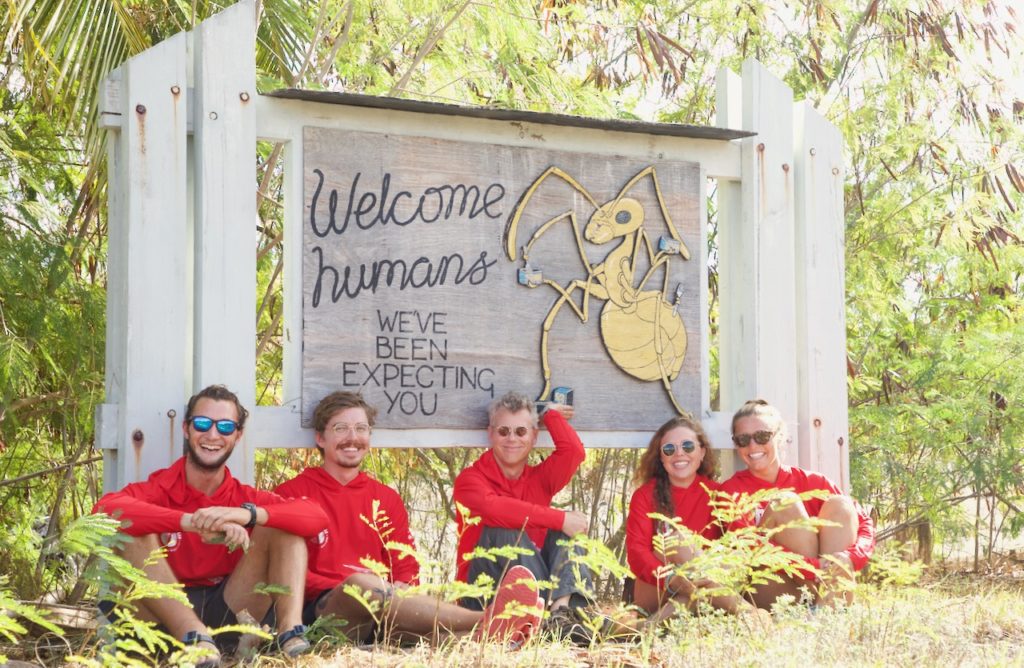
From the Pacific Islands …
Success! Strike Teams Eradicate Invasive Crazy Ants
From Island Refuge
Sunday, February 13, 1:30 p.m. on Zoom
Join Kate Toniolo, Superintendent of the Pacific Remote Islands Marine National Monument, as she relates the incredible success story of eradicating the Yellow Crazy Ant from Johnston Atoll National Wildlife Refuge, about 820 miles southwest of Honolulu and one of the most isolated places on Earth.
This 640 acre refuge is home to tens of thousands of seabirds. Since 2010, the crazy ants have threatened these ground-nesting birds. The ants don’t bite, but they spray an acid which causes injuries including blindness and even death.
The U.S. Fish and Wildlife Service responded by setting up Crazy Ant Strike Teams. Every six months a new five-person crew of volunteers and staff was assigned to this remote, uninhabited island to kill yellow crazy ants. The battle required creativity and ingenuity. Crews had to experiment to find the best way to bait and eradicate the ants. They had to hand-search the island multiple times to check for ants. Conservation dogs were also brought in to sniff out any remaining ants.
Success! After combating yellow crazy ants for nearly a decade, the U.S. Fish and Wildlife Service has declared that the invasive yellow ant has been eradicated from Johnston Atoll National Wildlife Refuge, an amazing story.
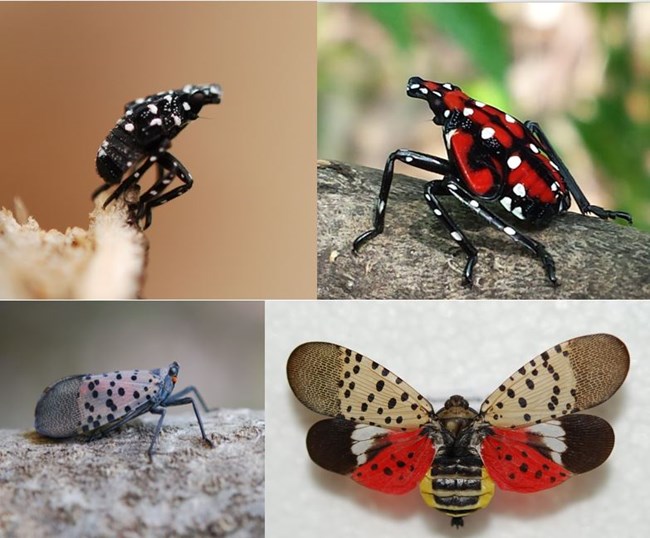
Photo by NPS
Saturday, January 15, anytime between 11:00 a.m. – Noon
Helen C. Fenske Visitor Center Pavilion
With the onset of winter, the adult Spotted Lanternflies have died. But they have left behind the next generation in thousands of egg masses, each one containing 30 to 50 eggs.
Join experts Tony Cullen from the USDA and Carolyn Rubinfeld from NJ DEP on Saturday, January 15 to learn how to spot these egg masses and effective ways to destroy them.
The program will take place at the Helen C. Fenske Visitor Center Pavilion. Stop by any time between 11:00 and Noon. Our experts will point out real egg masses and demonstrate how to crush them. Wear boots and dress warmly. The program will take place outside the Visitor Center and focus on several trees along the service road. Bring binoculars if you have them to spot higher up egg masses.
We hope you will take this new-found knowledge back to your own home and help stop the spread of this destructive insect pest.
Masks are recommended for the program. Masks are required inside the Visitor Center which is open from 10:00 a.m. to 2:00 p.m.
More information on this destructive invasive insect may be found on this website.
https://www.nj.gov/agriculture/divisions/pi/prog/pests-diseases/spotted-lanternfly/
